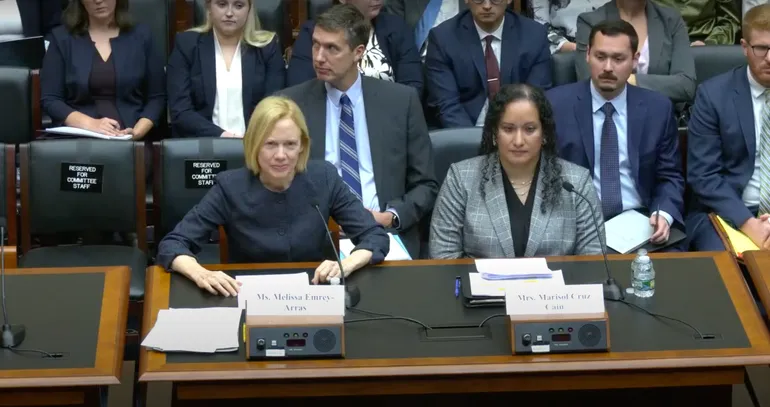Look into user subscriptions. As more faculty, staff and students use cloud-based resources, they will independently budget for these without IT’s knowledge. This is especially true for Software as a Service offerings that were previously delivered to end users via download but are now delivered through the cloud.
Often, there are more cloud services in use than IT planned for. In some cases, these resources are underused or redundant. This is an area that IT should audit so service duplications or dormancy can be eliminated.
Similar auditing and tracking should be done to highlight cloud storage and processing that is going unused. This usually happens when resources are provisioned and then left in an active state because someone forgot to deprovision them after use. As a result, the organization keeps paying for them, even though they sit idle.
Finally, you might have cloud providers that provide the same service, or there might be excess or obsolete data stored and paid for in the cloud that should be purged.
DISCOVER: IT cost optimization initiatives can give universities a competitive advantage.
These are all areas where IT can tighten up its cloud use, with a goal of paying only for cloud services that are actively being used.
Find Opportunities for Cost Optimization
The beauty of cloud is that, if you managed it well, you pay only for what you use. You eliminate dormant assets such as in-house processing and storage that you’ve amortized as capital investments.
“Eliminating redundant infrastructure is key to reducing costs,” says Paige Johnson, vice president of education marketing at Microsoft. “You can also use existing license agreements and long-term vendor relationships that can result in cost savings.”
Equally important is training IT staff on the resource management tools that each cloud provider furnishes.
“Investing in cloud training for IT personnel ensures that companies can better manage and optimize cloud environments without hiring new staff,” Johnson says. “This helps in retaining institutional knowledge while expanding cloud expertise.”
LEARN MORE: Stakeholder collaboration could be your institution’s best budgeting tool.
The cloud tools available to IT staff include solutions for monitoring cloud use, security, uptime and throughput. The same tools help IT to fine-tune applications for optimal performance at the lowest cost.
Regain Cost Control
Some years ago, when I was a CIO, we had difficulty understanding our telecommunications bills, but we knew they were too high. The problem was the complexity of the bills. There were billing category acronyms we couldn’t decipher and peculiar ways of adding up costs, making it impossible for us to fully understand and discuss these bills with vendors. We brought in a telecommunications bill auditor to go through the charges, explain how we were being billed and identify surplus costs. We got to the bottom of the bills and saved ourselves a bundle.
Cloud bills can be equally complicated, which is why many cloud providers offer cost analysis tools. Mastering and using these tools is a task for both IT leaders and finance department cost analysts. You should contact your vendors when questions arise.
By gaining a comprehensive understanding of your cloud cost picture, you can identify and eliminate surplus cloud costs and ensure that the cloud services you are spending on align with your organization’s business goals.
Optimizing and controlling cloud costs and seeking reductions when cloud resources go unused should be central areas of focus for CIOs and CFOs because as IT moves to the cloud, so will IT costs.
#Cloud #Cost #Optimization #Practices #Higher #Education










